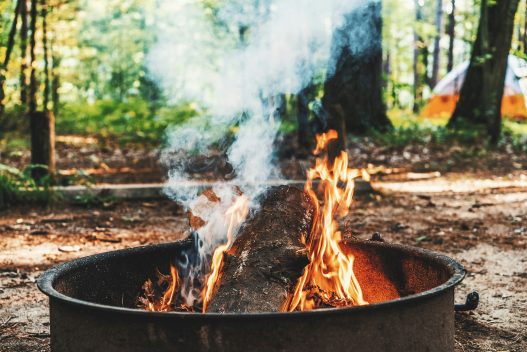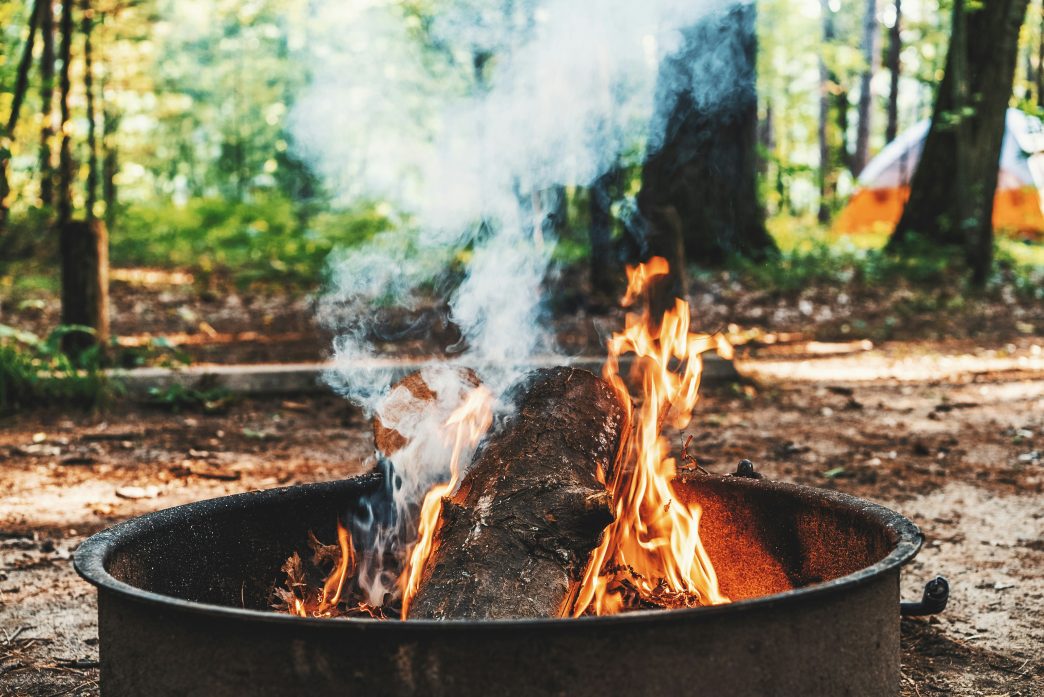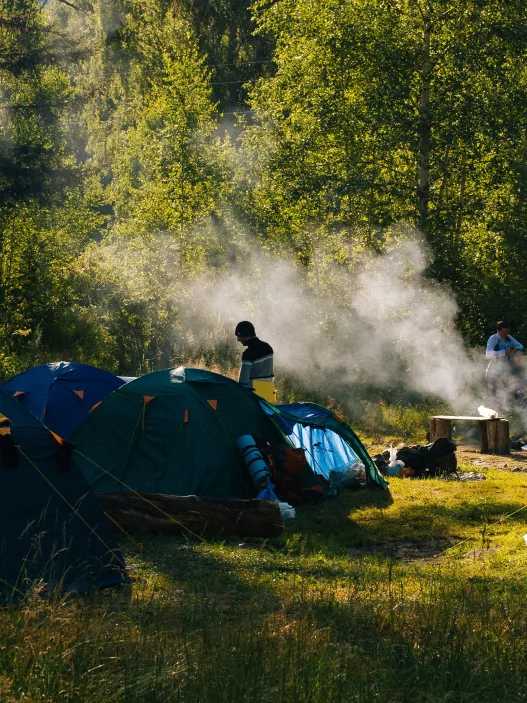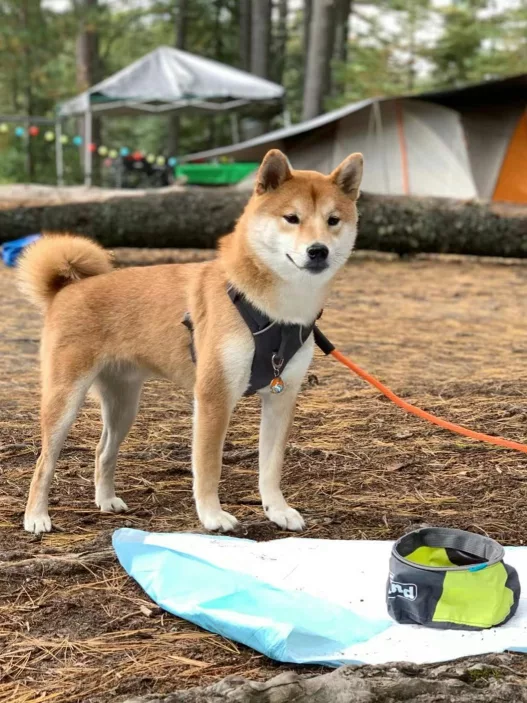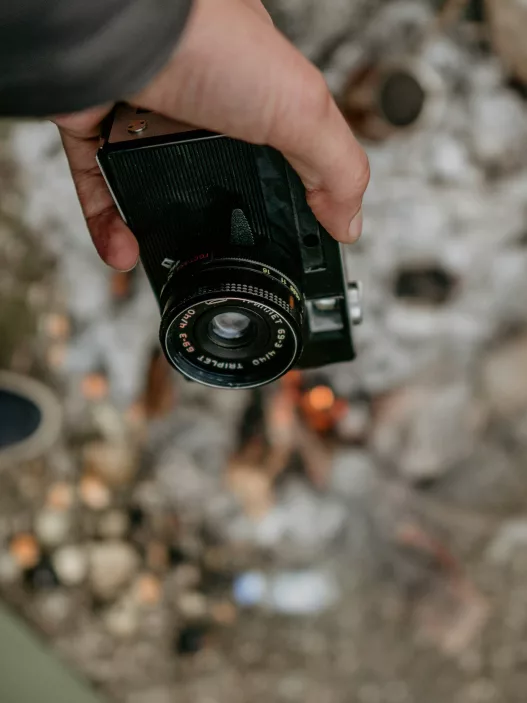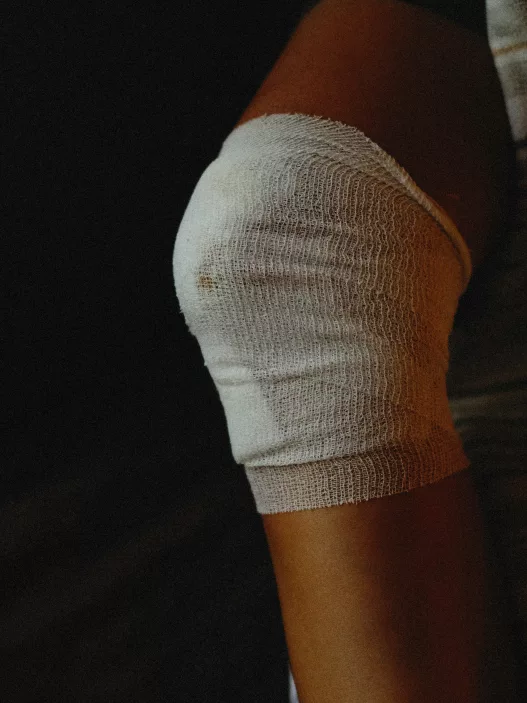Cooking over a campfire can be one of the most rewarding experiences during outdoor adventures. With the right tools and techniques, anyone can prepare delicious meals that enhance the joy of camping. From sizzling sausages to gourmet foil packets, the possibilities are nearly endless.
Understanding the essential gear needed for effective campfire cooking is crucial. Whether it’s a sturdy grill grate, a cast-iron skillet, or simple skewers, each tool plays a role in crafting memorable meals. Techniques like grilling, roasting, and baking in coals can elevate standard camping fare into something special.
Embracing campfire cooking not only nourishes the body but also fosters camaraderie. Sharing stories and laughter around the fire while enjoying a well-cooked meal creates lasting memories. With these insights into tools and techniques, anyone can master the art of campfire cooking.
Essential Campfire Cooking Equipment
Having the right equipment makes a significant difference in campfire cooking. The essential tools include cookware, utensils, and portable grills or stoves, each serving a unique purpose for preparing delicious meals outdoors.
Choosing the Right Cookware
Selecting the right cookware is crucial for effective campfire cooking. Cast iron skillets, Dutch ovens, and stainless steel pots are popular choices due to their durability and heat retention.
Cast iron skillets are excellent for searing meats and baking, while Dutch ovens are perfect for stews and casseroles. Look for cookware with sturdy, heat-resistant handles that are easy to grip, even when hot. Lightweight options like titanium or aluminium pots are suitable for backpacking, balancing weight with heat conduction.
Utensils for Every Camp Chef
Every camp chef requires a set of reliable utensils to prepare and serve meals. Essential items include spatulas, tongs, and a sturdy cutting knife. A heat-resistant spatula works well for flipping and serving, while tongs make it easy to handle food over the flames.
Investing in a multi-tool that combines a knife, bottle opener, and corkscrew can save space. Additionally, consider packing a cutting board made of lightweight material for easy chopping. Don’t forget to bring plates, bowls, and cutlery suited to outdoor use, such as melamine or reusable plastic.
Portable Grills and Stoves
Portable grills and stoves enhance cooking options and convenience while camping. A compact charcoal or gas grill provides versatility for grilling meats and vegetables. Many models feature folding legs for stability and easy transport.
For those who prefer a stove, look for models that offer adjustable burners and compatibility with various fuel types. Canister stoves are lightweight and ideal for boiling water quickly.
Ensure that any stove or grill chosen is easy to assemble, disassemble, and clean. Packing a heat-resistant mat can protect the ground and prevent fire hazards when cooking.
Campfire Cooking Techniques
Mastering campfire cooking requires skill in various techniques that enhance the experience and the final meal. Key methods include controlling flames, using skillets and grills, and exploring the versatility of the Dutch oven.
Mastering the Flames
Controlling the fire’s intensity is crucial for successful campfire cooking. It is essential to build a solid foundation with larger logs for a steady heat source. Once the fire is established, smaller kindling helps maintain the right temperature.
Understanding when to use direct versus indirect heat is important. Direct heat cooks food quickly and is suitable for grilling meats or vegetables. Indirect heat, achieved by placing food to the side of the flames, is ideal for slow-cooking or baking.
Monitoring the fire allows adjustments, ensuring the flames do not die down or flare up unexpectedly. Using a fire pit can help contain the flames, contributing to more efficient heat management.
Skillet and Grill Methods
Skillet cooking over a campfire is a great way to prepare a variety of dishes. Cast iron skillets retain heat effectively and distribute it evenly, making them perfect for frying, sautéing, or baking.
When grilling, a grate can be placed over the fire. This allows for cooking meats and vegetables while imparting that desirable smoky flavour. Oil and seasoning are key for preventing sticking and enhancing taste.
Timing is crucial for both methods. Thinner cuts of meat will cook faster, while thicker or denser items may require more attention. Regularly flipping and checking doneness ensures an even cook.
Dutch Oven Delicacies
The Dutch oven is a versatile, heavy pot that excels in campfire cooking. It can be used for stews, roasts, and even baking bread. This technique involves placing the oven directly on the coals or hanging it over the fire.
Using coals on the lid also helps to circulate heat evenly, achieving consistent results. Dutch ovens often come with a tight-fitting lid that traps moisture, making meals more flavourful and tender.
Preparation is key; adding layers of ingredients like vegetables and meat ensures even cooking. Keeping a close eye on cooking times helps prevent burning, especially with dishes that require longer cooking times.


